Tropical plants bring vibrant color, lush greenery, and a touch of paradise to any home or garden. But when cold weather sets in, these heat-loving beauties face a real challenge. Originating from warm, humid regions, tropical plants are highly sensitive to temperature drops, dry air, and lack of sunlight. Without proper care, their health can quickly decline—leaves wilt, growth slows, and roots may even rot or freeze.
Fortunately, with some planning and understanding of their needs, you can help your tropical plants not just survive, but thrive through the winter. This detailed guide will walk you through everything you need to know about how to keep tropical plants healthy in cold weather, from temperature control and humidity management to lighting, watering, and long-term care.
1. Understanding Why Tropical Plants Struggle in Cold Weather
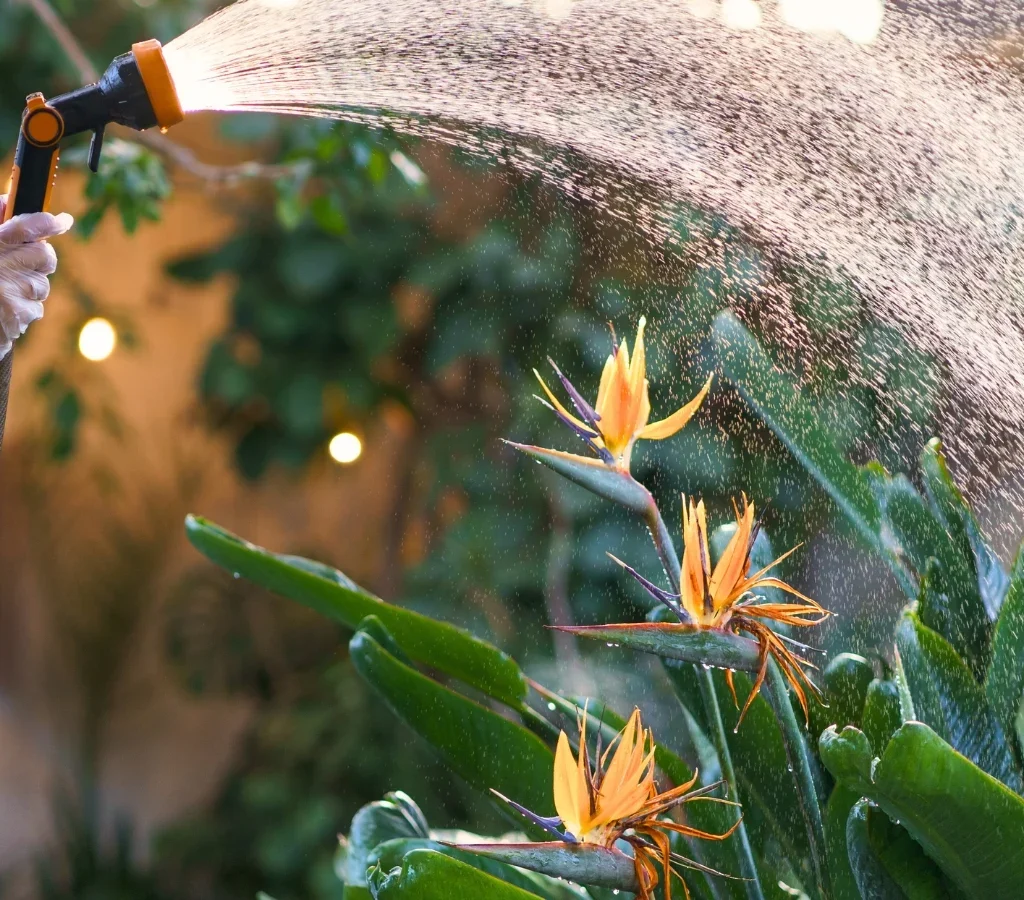
Tropical plants evolved in warm, stable climates with consistent temperatures and high humidity levels. When exposed to cold, they experience stress because their cells and roots are not adapted to sudden temperature drops or dry air.
Here’s what happens when they encounter cold conditions:
- Chilled roots: Cold soil prevents roots from absorbing water and nutrients effectively.
- Leaf damage: Frost or cold drafts can cause browning or yellowing of leaves.
- Low humidity: Dry indoor air causes leaf tips to crisp and curl.
- Reduced sunlight: Shorter days limit photosynthesis, slowing plant growth.
Recognizing these challenges helps you create an environment that mimics their natural tropical habitat, even during winter months.
2. Bringing Outdoor Tropical Plants Indoors Before Frost
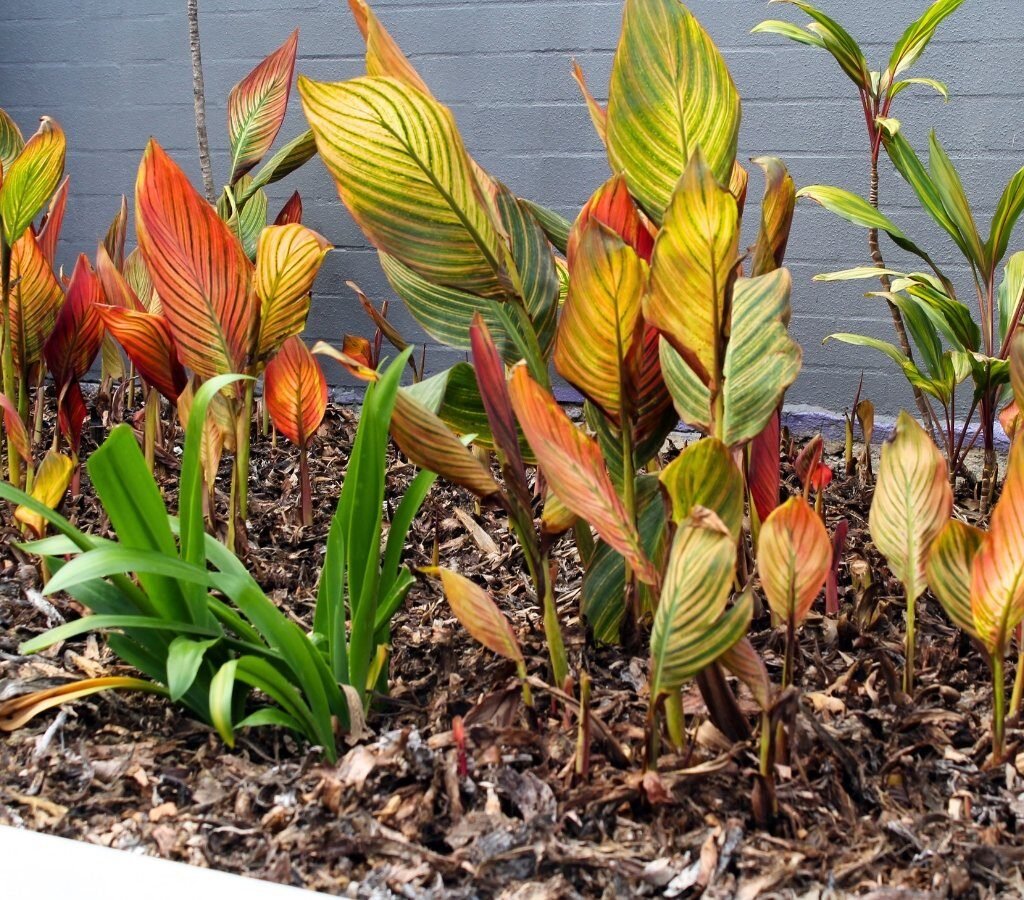
If you grow tropical plants outdoors during the summer—like hibiscus, banana plants, or palms—you’ll need to bring them indoors before temperatures dip below 55°F (13°C). Most tropicals begin to suffer at this threshold.
Steps for Safe Transition:
- Inspect for pests: Before moving them inside, check leaves (especially undersides), stems, and soil for pests like aphids, spider mites, or whiteflies. Wipe with a damp cloth or use neem oil to remove any insects.
- Prune damaged growth: Trim off any yellowed or dead leaves to help the plant focus energy on healthy growth.
- Clean the foliage: Dusty leaves block sunlight; wipe them with a damp sponge or give a gentle shower rinse.
- Acclimate gradually: Before moving indoors permanently, place the plants in a shaded, sheltered area for a few days to reduce shock from the sudden environment change.
This slow adjustment helps your tropicals adapt more smoothly to indoor conditions.
3. Maintaining Optimal Indoor Temperature
Temperature control is the key to tropical plant survival in cold weather. Most tropical plants thrive between 65°F and 80°F (18°C to 27°C) during the day and should never be exposed to temperatures below 55°F (13°C) at night.
Tips to Keep Temperature Stable:
- Keep plants away from cold drafts from windows, doors, or vents.
- Avoid placing them near heating sources like radiators or fireplaces, which can dry them out.
- If your home is cool, consider using a small space heater nearby—but not directly on the plants—to maintain warmth.
- In particularly cold climates, place plants on insulated mats or stands to prevent root chill from cold floors.
A consistent temperature helps prevent stress and encourages steady growth even in winter.
4. Managing Humidity Levels
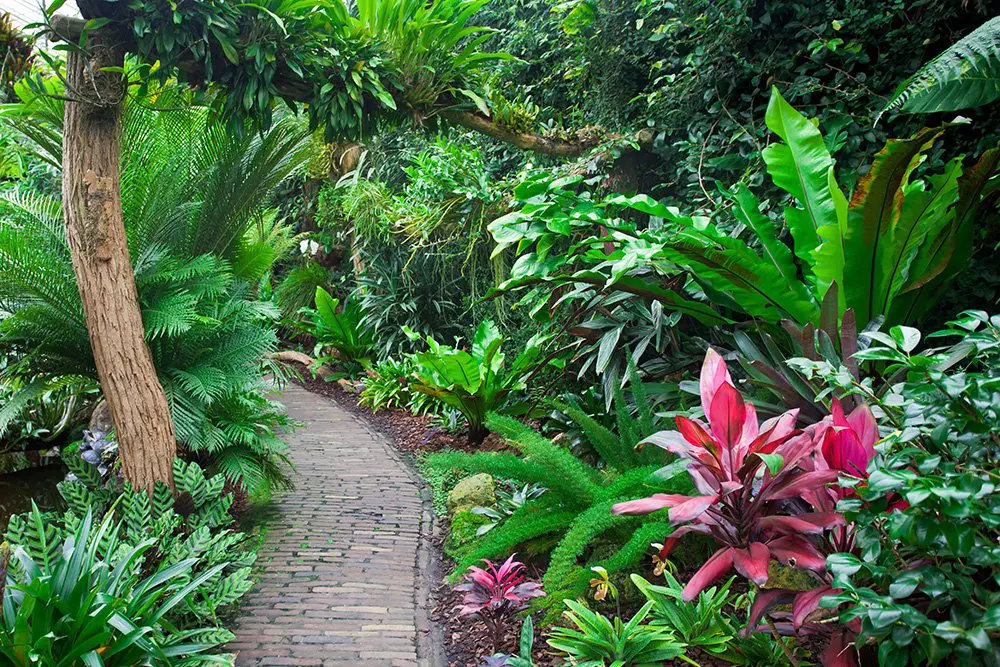
Tropical plants thrive in 60–80% humidity, but indoor winter air often drops to 20–30%, which can cause leaves to brown and curl. Restoring moisture to the air is essential for keeping them healthy.
Ways to Boost Humidity:
- Humidifiers: A cool-mist humidifier placed near plants can recreate tropical-like moisture levels.
- Pebble trays: Fill trays with pebbles and water, then place pots on top. As the water evaporates, it increases humidity around the plants.
- Grouping plants: Cluster tropicals together; they naturally create a mini microclimate of higher humidity.
- Misting: Lightly mist leaves with water once a day (avoid overdoing it to prevent fungal issues).
- Bathroom or kitchen placement: These rooms naturally have higher moisture levels—ideal for ferns, calatheas, and orchids.
Proper humidity management prevents dehydration and keeps tropical foliage lush and vibrant.
5. Providing Adequate Light During Shorter Days
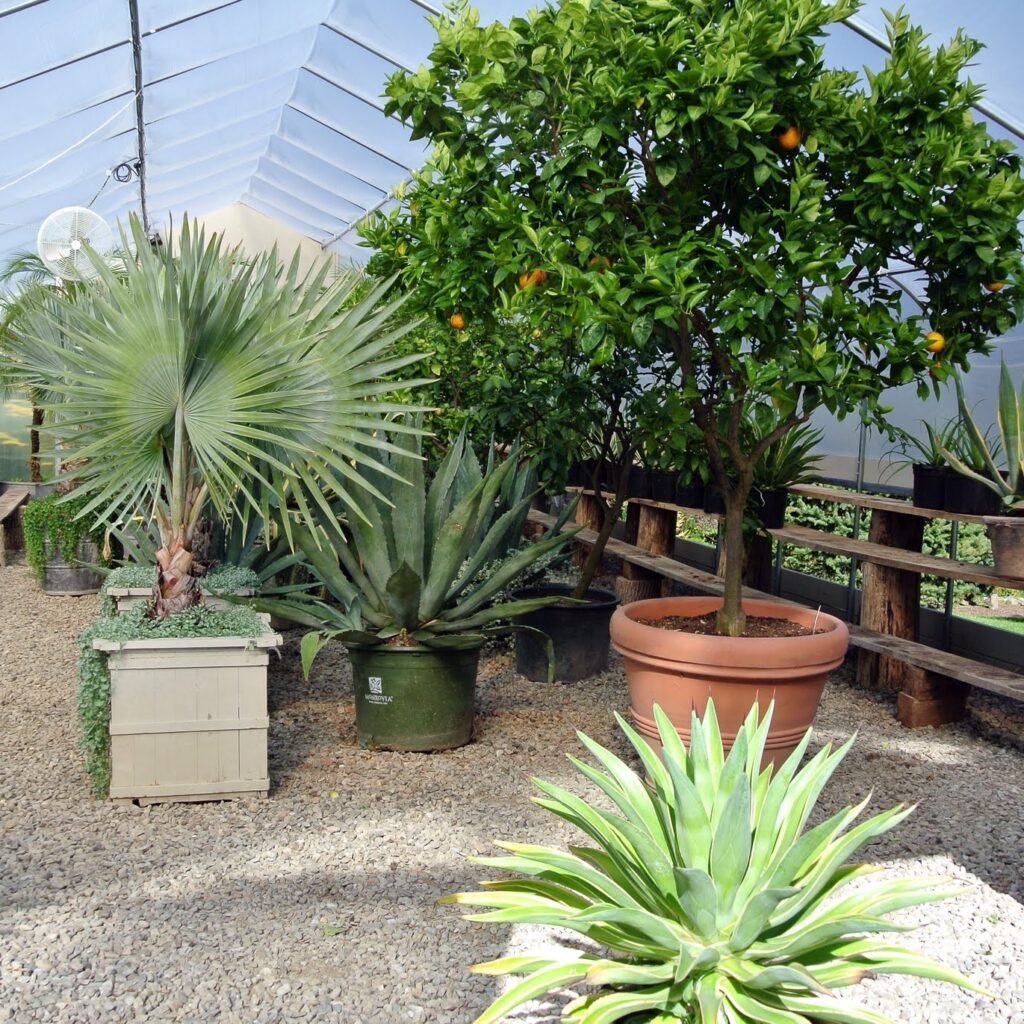
During winter, the sun’s rays weaken and daylight hours shorten, which can leave your tropicals starved for light. Because these plants are used to bright, consistent sunlight, you’ll need to supplement what nature can’t provide.
Lighting Tips:
- Move plants to south- or east-facing windows, where they’ll receive maximum natural light.
- Clean windows and leaves regularly to improve light absorption.
- Rotate plants every week to ensure even growth.
- If natural light is insufficient, invest in grow lights. LED or full-spectrum fluorescent lights work best, mimicking sunlight for 10–14 hours daily.
- Avoid placing plants too close to glass in cold regions, as it can cause leaf burn from cold surfaces.
The right balance of light prevents weak stems, faded leaves, and slow growth during gloomy months.
6. Adjusting Watering Practices
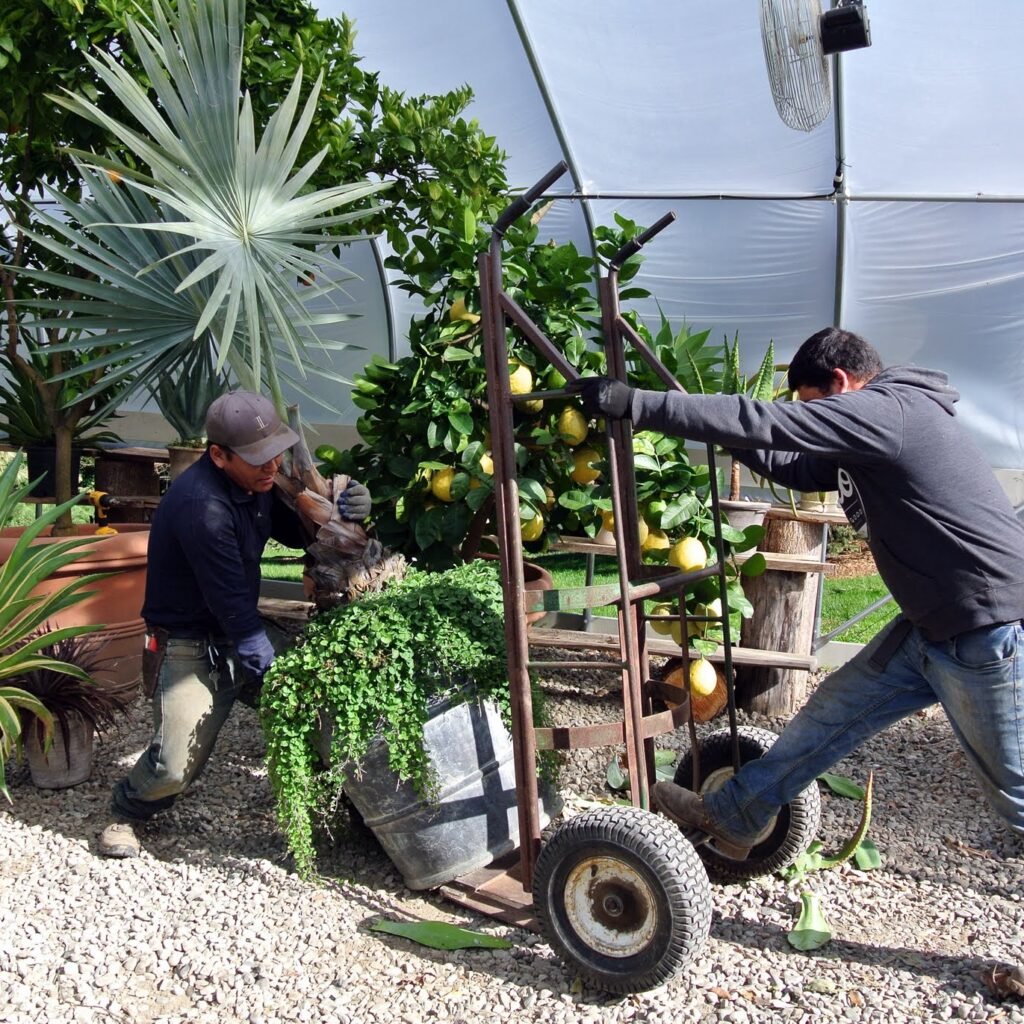
Tropical plants’ water needs change significantly in winter. Overwatering is a common mistake that leads to root rot because plants grow more slowly and use less water in the cold season.
Winter Watering Guidelines:
- Check soil moisture before watering—only water when the top 1–2 inches feel dry.
- Use room-temperature water to avoid chilling roots.
- Ensure pots have proper drainage; never let roots sit in stagnant water.
- Reduce watering frequency for dormant species like hibiscus, but continue moderate watering for evergreens like palms and ferns.
Remember: It’s better to underwater slightly in winter than to drown your tropical plants.
7. Feeding and Fertilization
Tropical plants typically slow down growth during cold months, so their nutrient requirements decrease. Feeding too much can lead to salt buildup and root damage.
Best Practices:
- Stop or reduce fertilizing from late fall through early spring.
- Resume feeding only when you see new growth, usually in spring.
- If plants are actively growing under artificial light, use a diluted balanced fertilizer (half-strength) once a month.
This seasonal feeding schedule ensures plants aren’t overwhelmed while conserving energy during their slower growth period.
8. Pruning and Cleaning for Health
Clean, well-pruned plants handle winter stress better. Dead or diseased foliage can attract pests and block light.
Tips:
- Remove yellow or damaged leaves to encourage healthy growth.
- Prune lightly to shape the plant and improve air circulation.
- Wipe dust from leaves regularly using a damp cloth or soft brush—this enhances photosynthesis.
Healthy leaves are the plant’s energy source, so keeping them clean and functional is vital during low-light months.
9. Preventing Common Winter Problems
Even with the best care, tropical plants can show signs of stress. Here’s how to address common issues:
- Brown leaf tips: Usually caused by low humidity. Increase moisture or use a humidifier.
- Yellow leaves: Could indicate overwatering or poor drainage. Check soil moisture and adjust watering.
- Leaf drop: Often due to sudden temperature or light changes. Keep conditions steady and avoid moving plants frequently.
- Pest infestations: Dry indoor air encourages spider mites and whiteflies. Use neem oil or insecticidal soap as a natural remedy.
Early detection and prompt care can prevent minor problems from turning into major damage.
10. Special Care for Specific Tropical Plants
Different tropical plants have unique winter requirements:
- Orchids: Prefer bright indirect light and high humidity; water sparingly when dormant.
- Fiddle Leaf Fig: Keep in bright filtered light; avoid drafts and sudden moves.
- Bird of Paradise: Needs strong light and slightly moist soil.
- Peace Lily: Enjoys consistent moisture and high humidity—avoid letting soil dry out completely.
- Philodendron and Monstera: Tolerate lower light but need regular misting to prevent crispy leaves.
Understanding each species’ preferences helps tailor care precisely for optimal health.
11. Preparing for Spring Recovery
As the weather warms up, your tropical plants will start showing signs of new growth. Here’s how to help them transition back to their active growing phase:
- Gradually increase watering and feeding.
- Move them closer to bright light sources or outdoors once temperatures stay above 60°F (15°C).
- Re-pot if roots have outgrown containers.
- Resume regular pruning and grooming to encourage bushy growth.
With proper reintroduction, your tropical plants will bounce back beautifully after their winter rest.
Conclusion
Keeping tropical plants healthy in cold weather might seem challenging, but it’s absolutely achievable with the right care routine. By maintaining consistent warmth, adequate humidity, proper lighting, and balanced watering, you can recreate a miniature tropical paradise inside your home—even when snow blankets the ground outside.
Cold weather doesn’t have to mean dormancy or decline for your tropical beauties. With attention and patience, they’ll continue to fill your space with vibrant life, glossy leaves, and a sense of eternal summer, no matter what season it is outside.
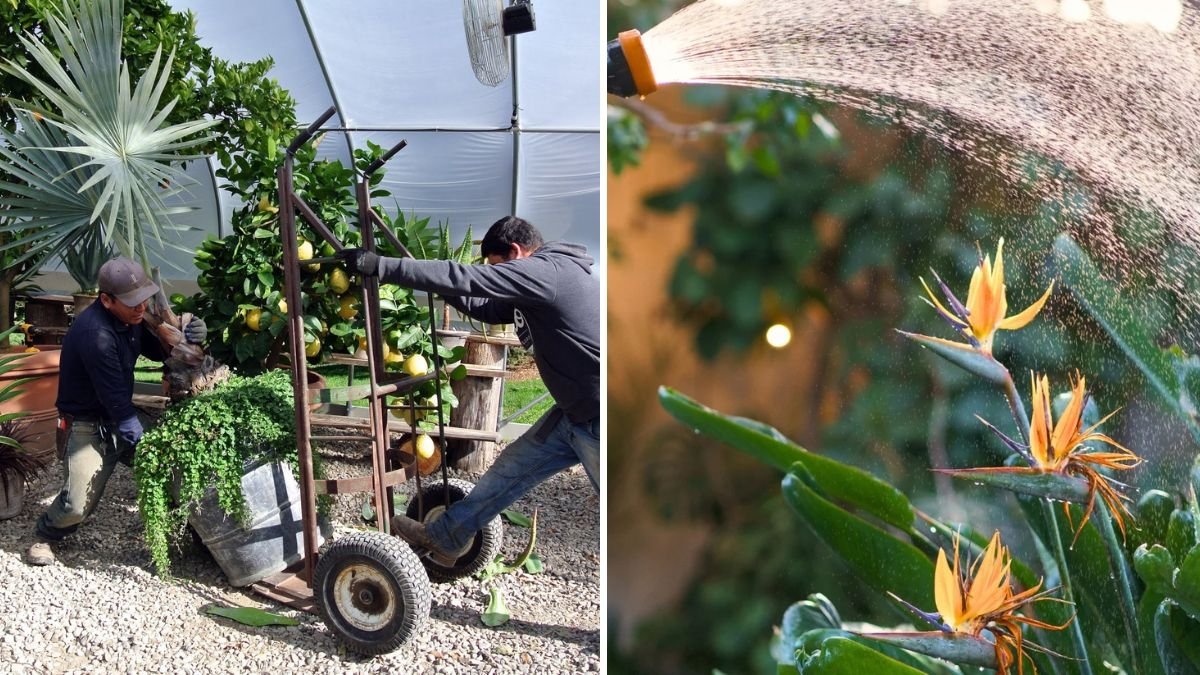




Leave A Comment